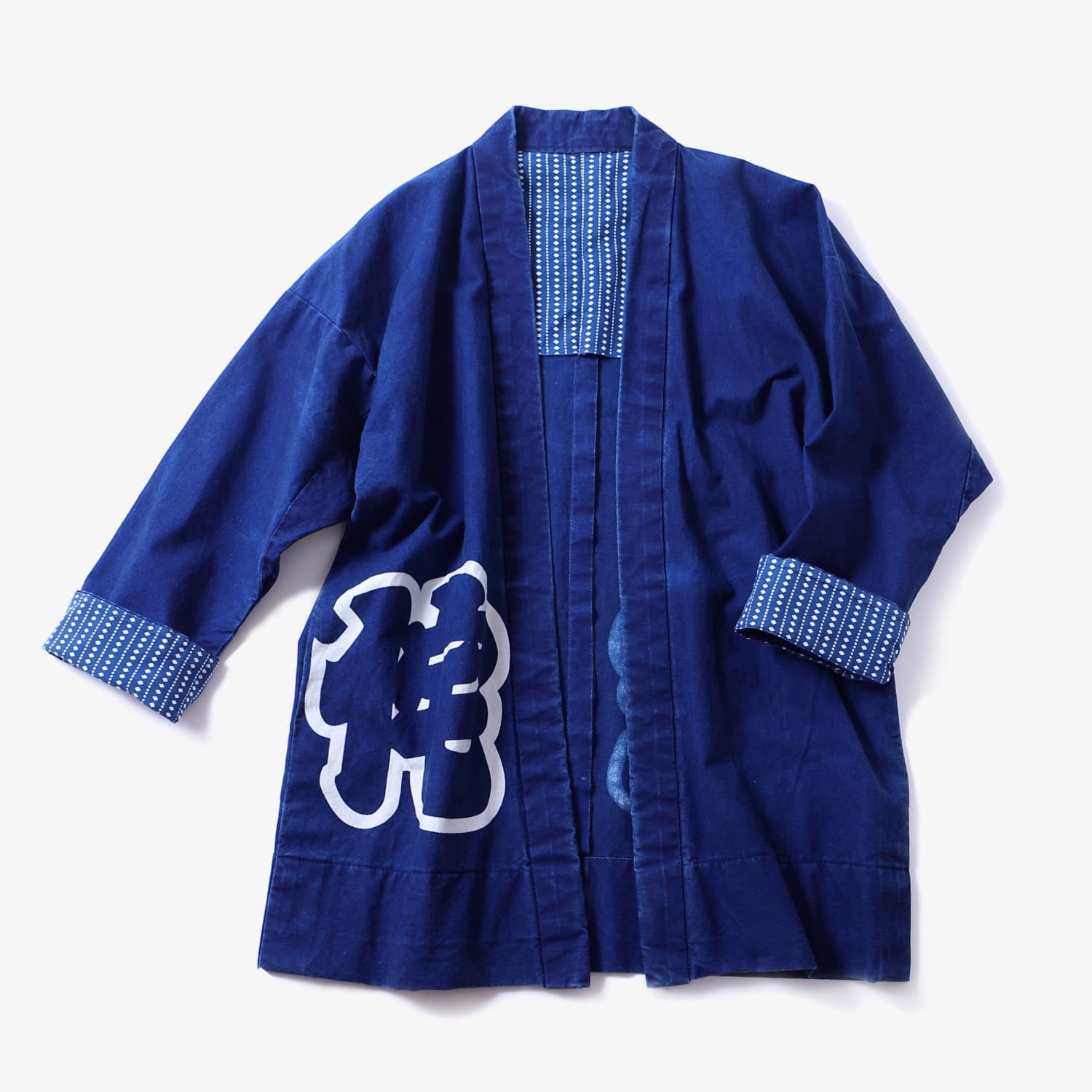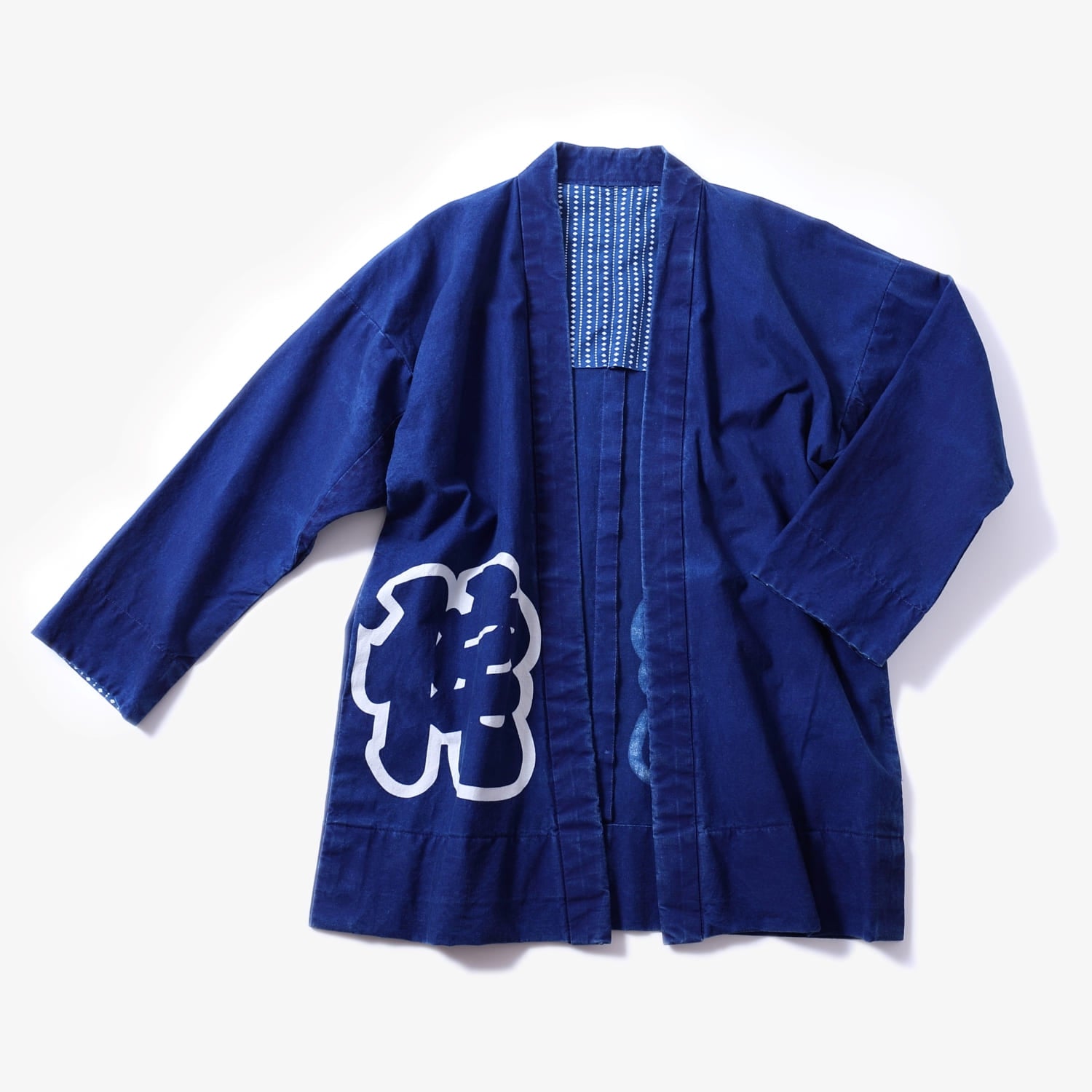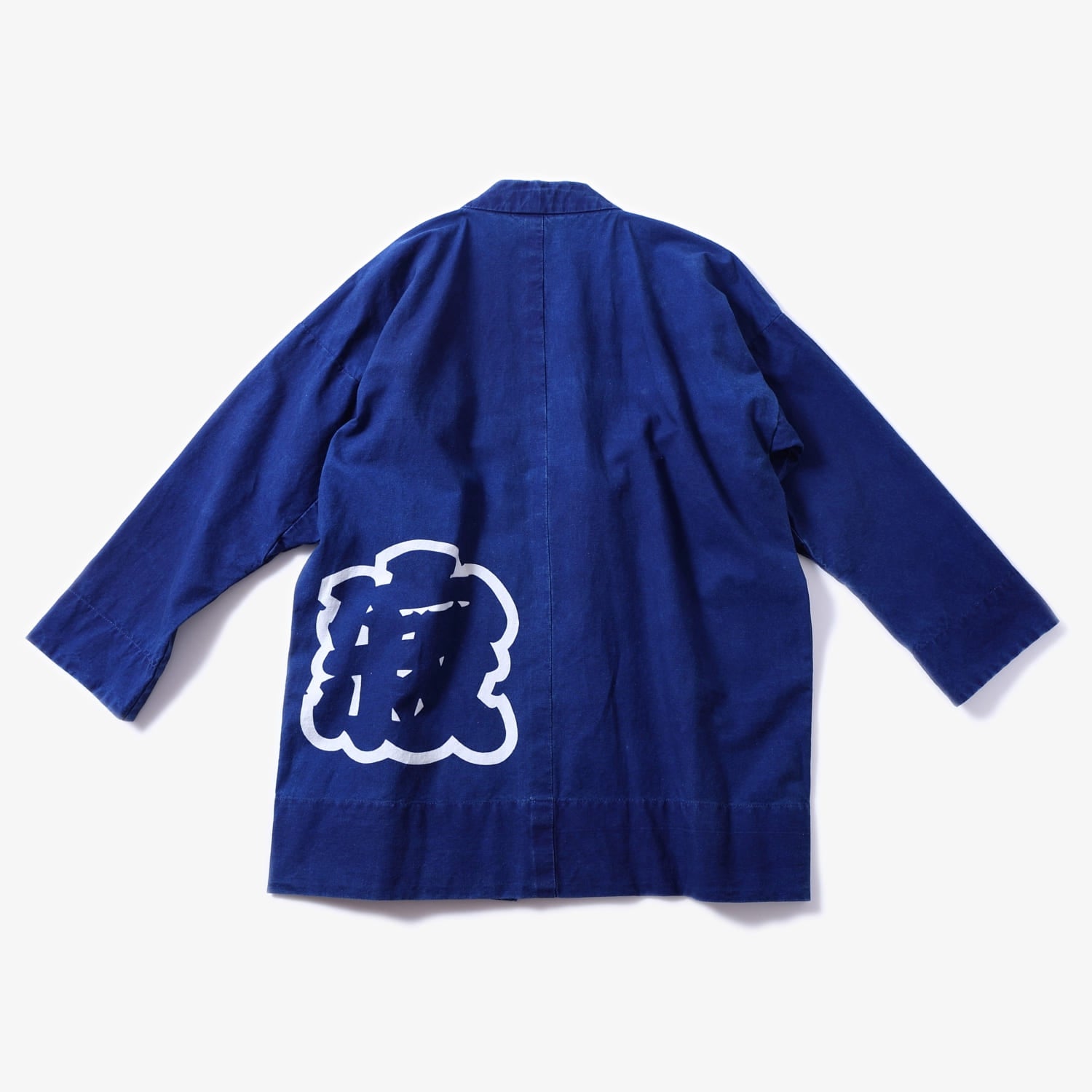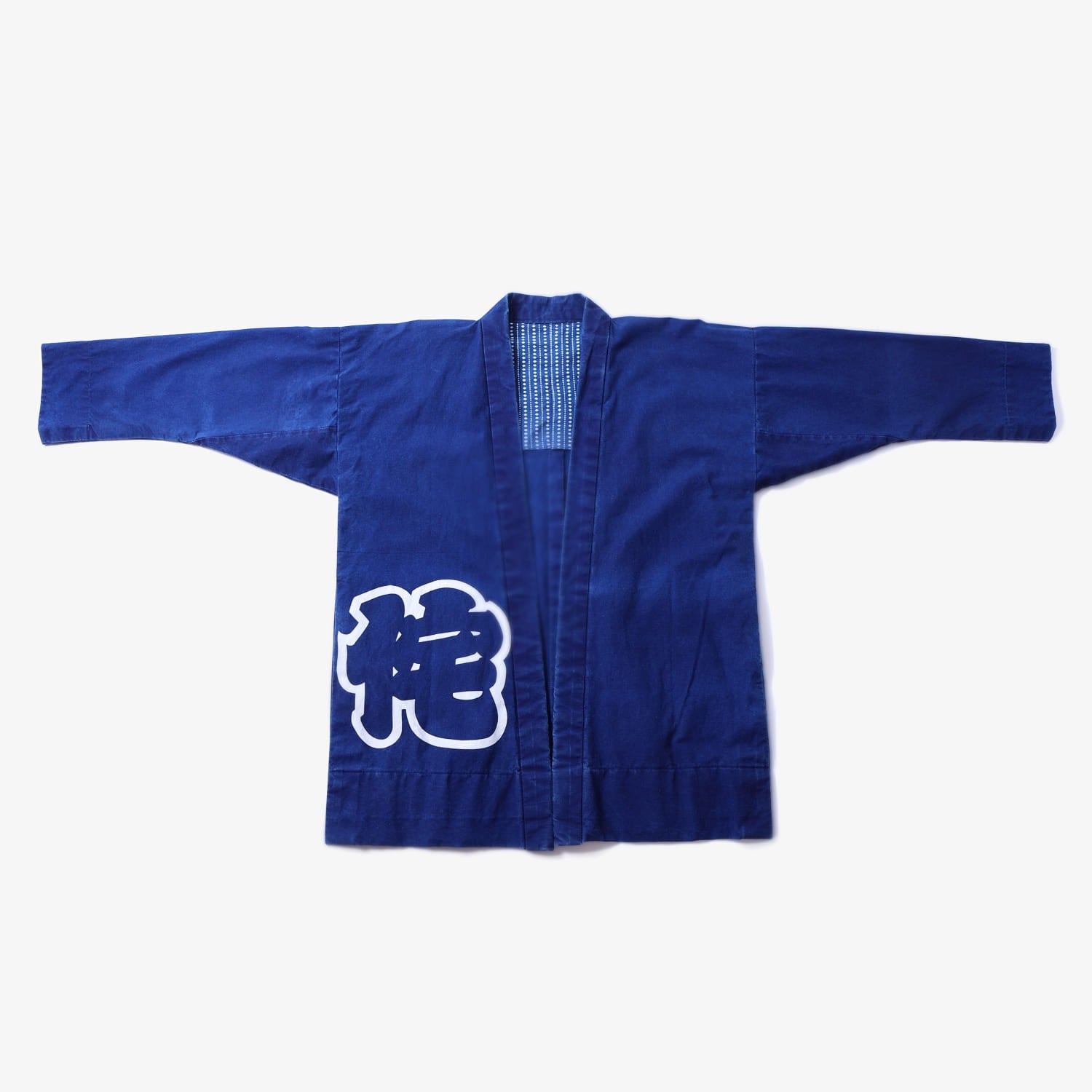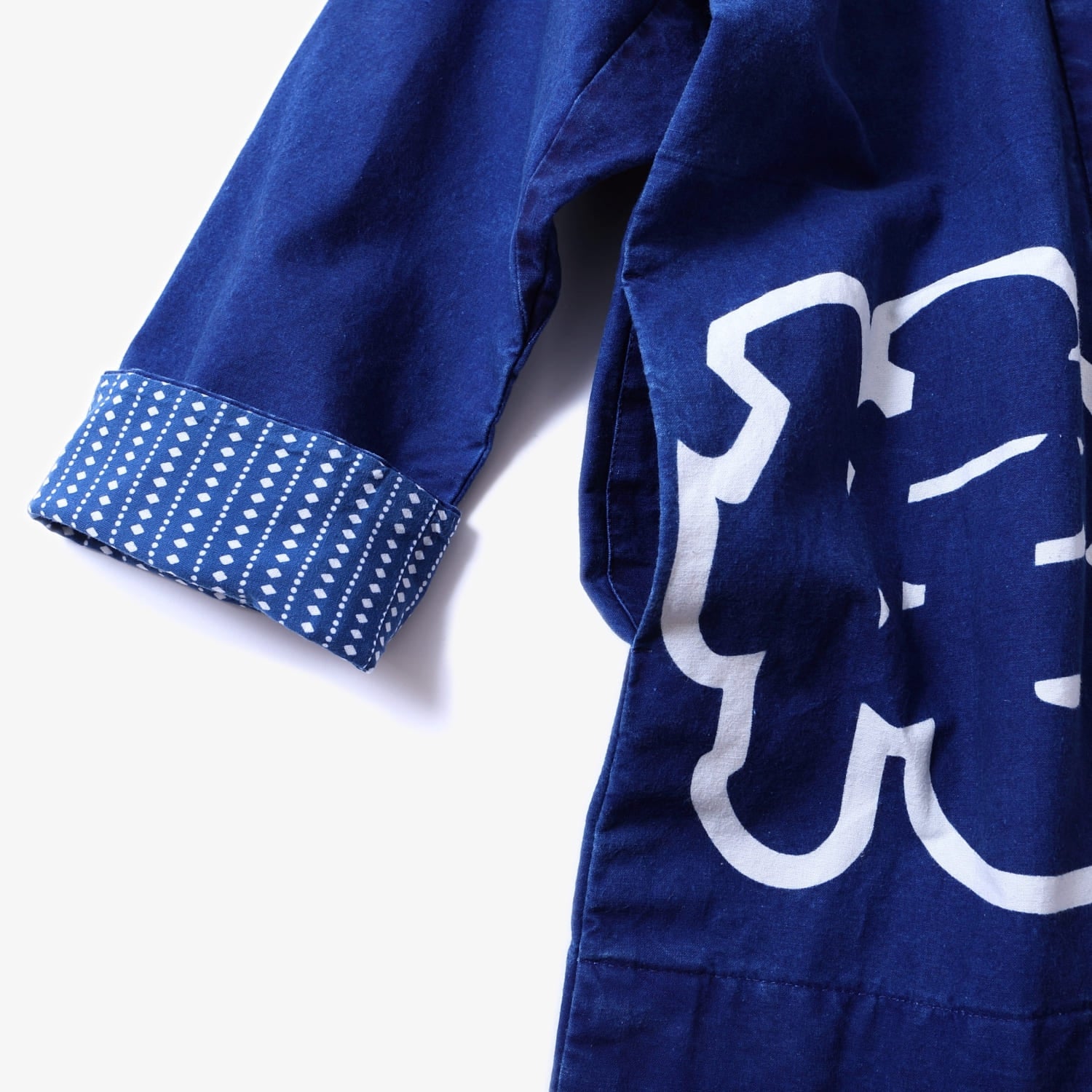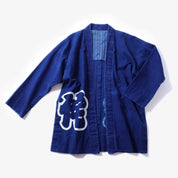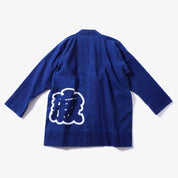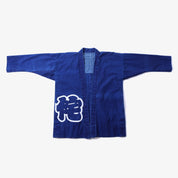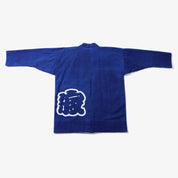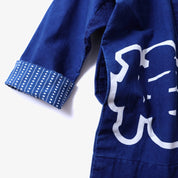Haori Jacket Edomoji | Noragi | Indigo
The design of this jacket features the kanji character for "wabi" in the front and the kanji character for "sabi" in the back. Both are in edomoji, a Japanese lettering style with a long history.
Dyed using traditional Japanese dyeing techniques, this jacket has a nuanced color known as "Japan blue."
Meticulously made by skilled artisans who weave history and tradition, highlight your uniqueness with this gem of a piece that embodies the Japanese aesthetics of zen and wabi-sabi.
- Color: Indigo
- Material: 100% cotton
- Pockets on both sides
- Unisex
- Made in Japan Factory: Aizawa (Saitama Prefecture)
As a standard height
- Large Size: 165-178cm (5'5"-5'10")
- Extra Large Size: 178-192cm (5'10"-6'3")
Details (cm)
- Large: (Body length: 80, Shoulder width: 65, Sleeve length: 51)
- Extra Large :(Body length: 82, Shoulder width: 68, Sleeve length: 54)

